Cajun Dead et Le Talkin’ Stick Youtube Reels Sound Vision NFT
Cajun Dead et Le Talkin' Stick song lyric project marries visual arts, music, and technology to create a powerful immersive experience UC & feel.
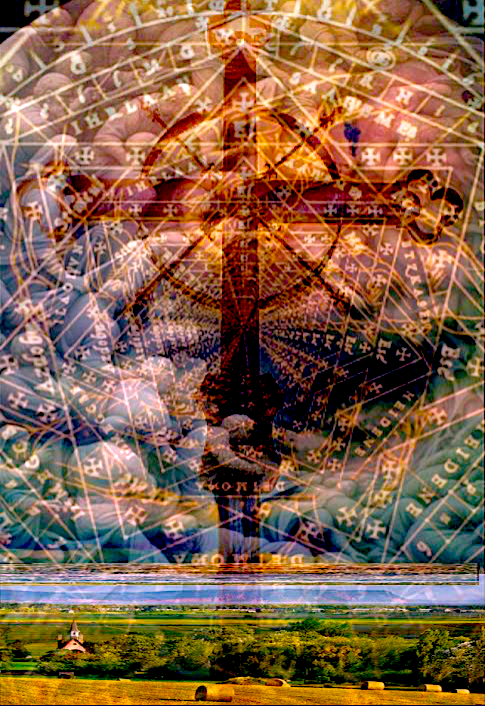
Cajun Dead et Le Talkin’ Stick: A New Frontier in French Canadian Contemporary Artists
The world of contemporary art constantly evolves, with new forms of expression that challenge traditional paradigms. One such groundbreaking project is Cajun Dead et Le Talkin' Stick, helmed by the creative genius Claude Edwin Theriault, a self-representing Queer Asperger artist from MBF-Lifestyle East Coast Design Studio. Theriault's work blends deep cultural narratives with cutting-edge technology, focusing on a multimedia art form that marries visual arts, music, and technology to create a powerful immersive experience.
With the transition from Instagram to YouTube as the primary platform for showcasing their Sound Vision project, Theriault’s artistic exploration continues to push boundaries. This project uses 3D motion graphic monoliths and minimalistic a cappella soundscapes to invite the audience into a journey where traditional Appalachian music intersects with contemporary digital art.

From Instagram to YouTube: Testing New Waters
For the Cajun Dead et Le Talkin' Stick project, Theriault initially used Instagram as a platform to reveal pieces of the Sound Vision project. This project combines 3D motion graphic monolith screen captures, evoking a sense of mystery, otherworldliness, and profound symbolism. These visual elements are paired with Appalachian-inspired a cappella music, delivered in a raw and minimalistic style.
In moving from Instagram to YouTube, the Reels section category of their art from the Therapeutic Visual Arts Gallery, Theriault
Theriault is testing YouTube's efficacy as a platform to convey complex narrative-driven song lyrics in the contemporary art space. While Instagram is excellent for bite-sized visuals, YouTube offers a longer format for Theriault to explore more expansive narratives and provide richer engagement with the audience.
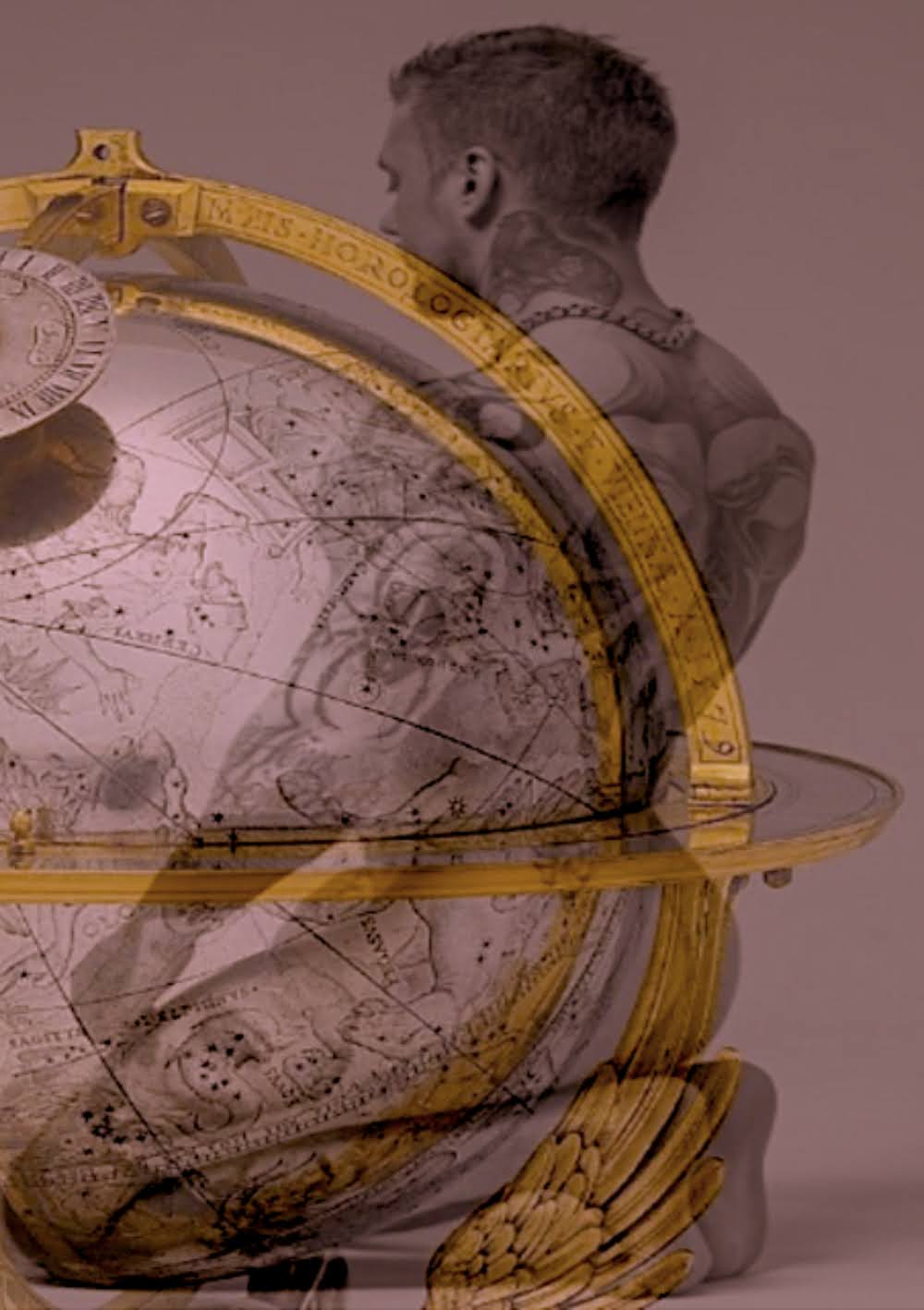
Each video in the series incorporates subtitles, allowing the audience to learn and sing along phonetically. This educational layer not only invites deeper participation but also ensures that the project’s music can be appreciated by a broader audience, including those who may not be familiar with the language. YouTube’s platform provides the perfect space to test this format, encouraging interaction, commentary, and sharing in a way that Instagram’s quick-scrolling interface could not.
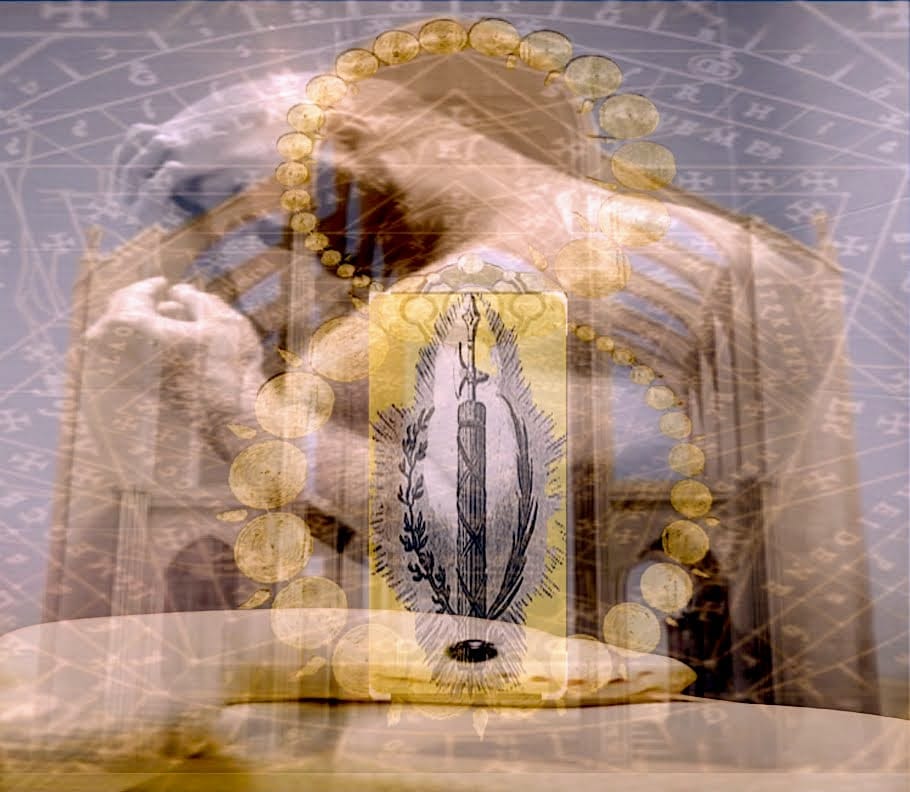
The Power of 3D Motion Graphic Monoliths
Central to the Cajun Dead et Le Talkin' Stick project are Theriault’s 3D motion graphic monoliths. These monoliths, captured as still images and transformed into visually compelling videos, serve as metaphors for the cultural and artistic themes that Theriault explores.
Boogie Woogie avec Sweet Daddi Bouctouche Torch et Twang soundtrac du Jour
The motion graphic monoliths stand as silent sentinels, symbolizing the stoic nature of art’s place in culture—a force that is immovable, timeless, and essential. These towering figures are not just art pieces; they are storytelling devices that communicate the weight of history, the complexity of identity, and the intricacies of cultural narratives. Paired with minimalistic soundscapes, the monoliths create a surreal, almost haunting experience, urging the viewer to delve deeper into the project’s thematic layers.
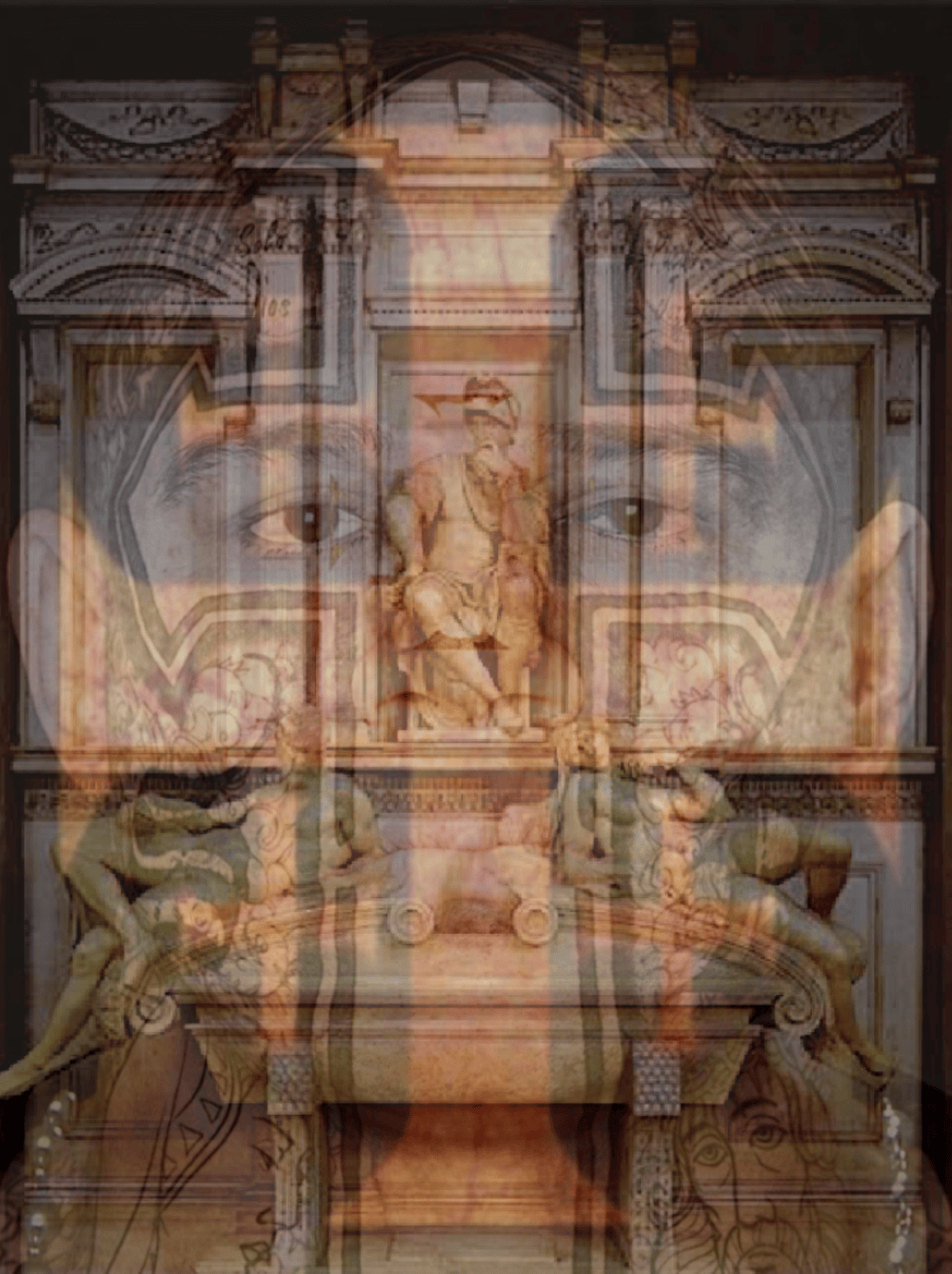
Like Never
By employing 3D technology in his visual storytelling, Theriault merges the tactile with the digital, creating an immersive experience that brings viewers face-to-face with the monumental and the mystical. The imagery is deeply symbolic, suggesting the solidity of ancient traditions and their coexistence with the fluidity of modern digital life.
Appalachian-Inspired Minimal Acapella: A Return to Roots
The musical component of Cajun Dead et Le Talkin’ Stick draws heavily from Appalachian a cappella traditions, a bold choice in an era dominated by electronic music and complex audio production. By stripping down the music to its bare essentials—just voice and silence—Theriault captures the raw emotional power that resonates in traditional Appalachian songs.
Appalachian music, rooted in the early settlers' experiences and enriched by multiple cultural influences, has always held a deep resonance in the cultural landscape of North America. Theriault taps into this, using a minimalistic approach to convey a depth of emotion and connection to the place. The sparse and haunting a cappella lyrics are sung openly, allowing them to breathe and echo against the 3D monoliths. The result is a profound auditory experience that underscores the historical weight of the project’s narratives.
What makes this project even more intriguing is the open-source, tokenized nature of the lyrics. Theriault allows for free use of the lyrics, encouraging others to learn and interact with the music through the subtitle integration in the YouTube videos. This collaborative, decentralized approach opens the project to a wider audience, fostering a sense of community and shared artistic ownership.
Art, Technology, and the Role of Cultural Heritage
As contemporary as Theriault’s work is, it is not without its roots in the past. The Cajun Dead et Le Talkin’ Stick project explores timeless themes, including the importance of cultural heritage and identity and the role of art in documenting and expressing the human experience. The artist’s ability to blend ancient narratives with modern technology positions him as a key player in the future of art and culture.
However, while Theriault continues to push boundaries and experiment with new formats and platforms, the mainstream Heritage Patrimonial Industry needs to be faster to recognize his contributions. His work remains conspicuously absent on multiple Francophone media platforms, funded by the people for full-spectrum representation of the culture. These platforms often boast about community inclusion and accolades, yet they ignore artists like Theriault, who work in the black seam of arts and culture.
This oversight is common in art, particularly for self-representing artists who must fit neatly into traditional categories. As a self-representing Queer Asperger artist, Theriault’s work challenges conventional boundaries of what is considered “high art,” and it raises important questions about the inclusivity of the art world. Despite the lack of recognition from established institutions, Theriault’s innovative blend of art, music, and technology continues to garner attention from a growing audience.
A Self-Representing Studio to Watch
Theriault’s Cajun Dead et Le Talkin’ Stick project is an important case study of how contemporary artists can harness the power of digital platforms and open-source creativity to create something new in Contemporary Sound Vision Arts. In a world where art, music, and culture are increasingly consumed online, Theriault’s ability to blend visual and auditory experiences sets him apart as a visionary.
His work defies easy categorization and will continue challenging contemporary art's boundaries. As the mainstream art world remains slow to acknowledge him, Theriault's creative journey as a self-representing artist is one to watch. With his unique blend of digital innovation, cultural heritage, and community-focused art, Claude Edwin Theriault is a force within the contemporary art landscape, actively shaping the future of how we engage with and interpret art.
In conclusion, Cajun Dead et Le Talkin’ Stick represents the intersection of ancient tradition and cutting-edge technology, creating a powerful commentary on the human experience and the future of art in a digital age. While the Francophone mainstream might continue to overlook his work, Theriault’s artistic vision will leave a lasting mark on contemporary art.
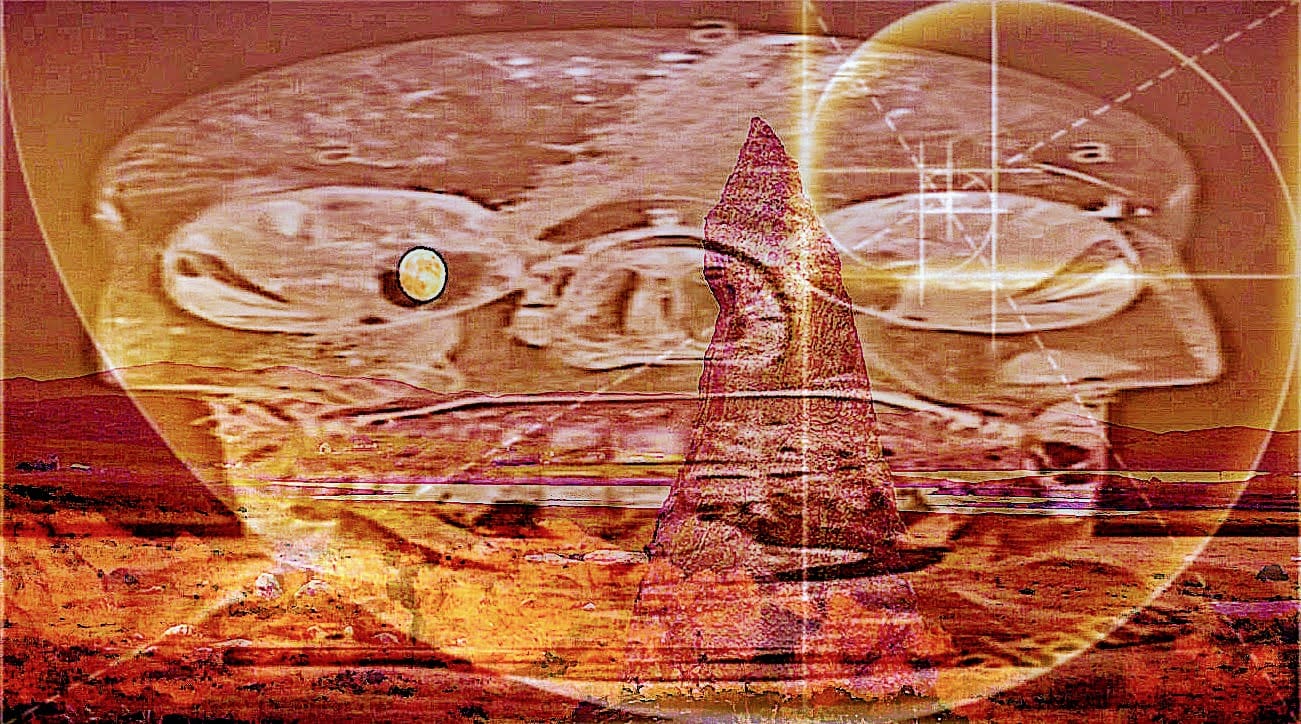
FAQ: What is the Cajun Dead et Le Talkin' Stick project?
Cajun Dead et Le Talkin' Stick is a groundbreaking initiative by Claude Edwin Theriault, blending multimedia art forms with Appalachian-inspired a cappella song lyrics. This project explores Acadian culture and issues through its unique, immersive experiences.
How does Cajun Dead et Le Talkin' Stick redefine Acadian music?
By incorporating 3D motion graphics and minimalistic a cappella sounds, Cajun Dead et Le Talkin' Stick challenges traditional Acadian music paradigms, introducing a world music version that reflects current French Canadian cultural issues.
Why did Claude Edwin Theriault transition the project to YouTube?
Claude Edwin Theriault moved from Instagram to YouTube to leverage the longer format for expansive storytelling. YouTube's platform enables engaging and interactive ways to appreciate the project's complex narratives.
Who is the target audience for Cajun Dead et Le Talkin' Stick?
The target audience comprises those interested in French Canadian song lyrics with a world music flavour, particularly those keen on contemporary cultural issues in Acadian music.
What technology is used in the Cajun Dead et Le Talkin' Stick project?
The project utilizes 3D motion graphic monoliths to convey deep cultural narratives and a cappella soundscapes to create a mystical and powerful sensory experience.
How does the project promote audience interaction?
YouTube videos include subtitles, enabling audiences to learn and sing along with the lyrics. This approach fosters community participation and a more profound appreciation for the project's cultural impact.
What makes Cajun Dead et Le Talkin' Stick unique in the contemporary art scene?
The project's fusion of digital innovation with cultural heritage positions it uniquely in the art world, combining open-source creativity with immersive multimedia storytelling.




